Review
Priced from £47,725, the new DS7 plug-in hybrid will play a central role in DS’s efforts to establish itself as PSA Group’s pioneering premium brand.
While the DS7 E-TENSE may command a £15,600 premium over the entry-level petrol DS7, it makes the model more attractive for fleets and user-choosers looking to take advantage of the lower benefit-in-kind (BIK) tax rates coming in April.
The DS7 has a 31-mile electric range and pure electric propulsion up to 84mph, it emits CO2 emissions of 33g/km (WLTP) alongside a combined fuel consumption of 124mpg.
Launched at the same time as the DS3 Crossback E-TENSE battery electric vehicle (BEV) – and DS Automobiles’ Formula E Techeetah team’s 2019/20 season – the DS7’s combination of a 200PS 1.6-litre turbocharged petrol engine and 109PS front and rear electric motors deliver up to 300PS, enough for 6.5-second acceleration to 62mph and a 136mph top speed.
Prices for the DS3 Crossback E-TENSE start at £30,490 (including the ULEV grant). It sits on the same architecture as the new Peugeot e208 and has a WLTP-tested zero emissions range of 200 miles.
Its 50kWh battery pack powers a front-mounted electric motor delivering 136PS to the front wheels. This provides a keen performance not reflected by a conservative-sounding nine-second acceleration to 62mph claim and 93mph top speed.
DS claims that the DS3’s 100kW charging capability means 80% charge can be added in about 30 minutes, or five hours via an 11kW charge point and seven-and-a-half hours via a 7.5kW source.
Both electrified DS models feature E-TENSE branding, which extends to a bonnet badge and embossed gear selector and DS communicates its craftsmanship with distinctive, deeply padded leather seats, featuring a ‘watch strap’ design in the range-topping Ultra Prestige trim.
Both DS E-TENSE models share trim levels familiar to their ICE counterparts, with Alcantara-trimmed Performance Line and leather-lined Prestige and Ultra Prestige offerings.
A trapezoidal design theme lends a distinctive style to DS’s cabins, but the arching gear selector giving access to an eight-speed automatic gearbox in the DS7 and a single-speed transmission in the DS3 is familiar to Peugeot products, along with the switchgear lining the centre console.
E-TENSE owners will benefit from MyDS, a smartphone app allowing access to battery levels, cabin pre-conditioning and the ability to pre-plan routes according to charge point availability.
A DS Mobility scheme, meanwhile, will allow customers so switch to another DS model for short periods of time.
On the roads in and around Paris, the effects of the DS7’s camera-based suspension management system, which scans the road ahead and adapts to suit conditions, could be felt.
The DS7 only delivers its full 300PS payload with battery charge on board. It pulls hard when engaged, but comfort and refinement are its key USP.
Despite its more agile billing, the same can be said of the DS3, despite the absence of the sophisticated suspension set-up.
Whether DS has the chance to lure customers away from the Audi Q3, BMW X3 or Mercedes-Benz C-Class with the DS7 may well depend on a prospective owner’s desire to be different.
Despite a range deficit to the Hyundai Kona, though, the DS3 E-TENSE feels more premium than other BEVs currently available and, for now at least, holds more unique appeal as a result.
 Q&A: Vince Clisham, Head of product, DS UK
Q&A: Vince Clisham, Head of product, DS UK
How much of a game-changer can the E-TENSE line-up be for DS?
The cars arrive at a very opportune time, with the BIK changes coming in April. There really is a huge opportunity for us to make a mark with these new products. The new BIK rates will give people a reason to seek out the car and when they do, they’ll like what they see of the brand and the product.
Are there are limitations when it comes to supply?
We have no limitation as far as volumes are concerned – unless demand really does go through the roof. E-TENSE models are built on the same production line as the ICE models, so it’s possible for to switch from one to the other to suit demand. The factories are starting production with cars for dealers and demonstrator purposes so, if I were to order one now, the lead time may be six months, but we’re confident that will come down to around two months.
Have you seen the same demand for premium trim levels as other brands?
Yes, absolutely. We expect that the top two trim levels – Prestige and Ultra Prestige – will account for about 70% of sales, as we have seen with our ICE models. We are about to end the sale of our entry-level Elegance trim for DS7 due to a lack of demand, in fact. It only accounts for about 2% of UK sales. With the DS3 E-TENSE, we are offering a La Premier trim from launch. We learnt lessons from our earlier models and plan to continue to offer that ‘limited run’ top grade for at least a few months. I think we restricted ourselves by withdrawing that trim too early in the past.
How soon will the cars arrive in the UK and what form will the early marketing take?
In late November and early December the first models will reach us and we will embark on a roadshow around the network to allow customers to take a look and have a test drive. The DS3 dealer cars should be arriving in December, with DS7 coming early in the New Year.
I understand there will also be an E-TENSE rental proposition?
We expect to launch rental in the New Year. I understand they will be offered on a contract hire facility through our Free2Move mobility brand. The cars will be sold back into the dealer network to provide a good source of used product.
Author:
Tom Sharpe
Former news and features editor (left May 2023)
Factsheet
Price: (DS7/DS3 with Gov grant): £47,725-£56,075/£30,490-£35,990
Engines: 300PS 1.6l petrol and electric/136PS electric
Performance: 0-62 6.5/9 seconds, top speed 136/93mph
Gearbox: 8sp auto/single speed
Efficiency: 124mpg
Emissions: 33g/km CO2

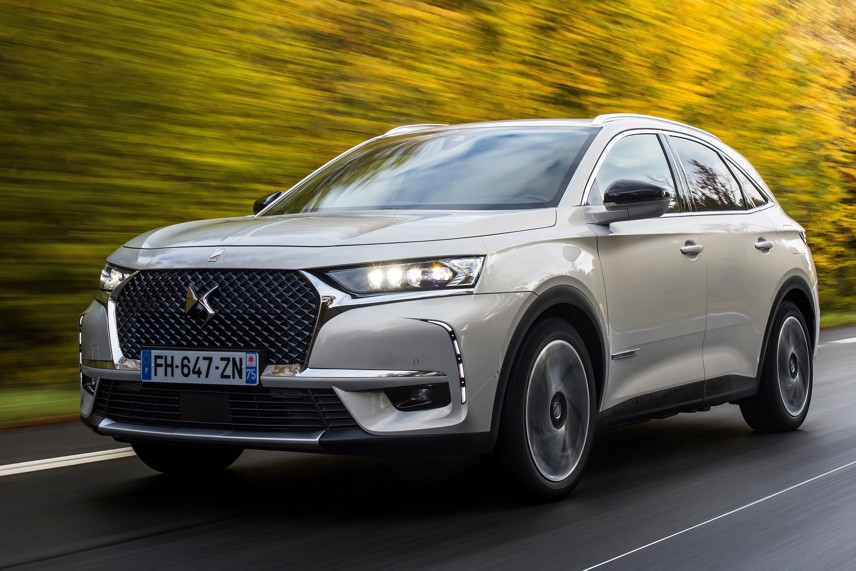
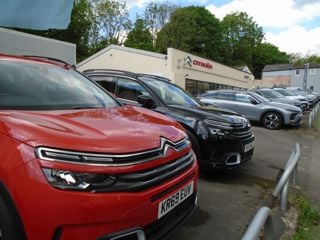
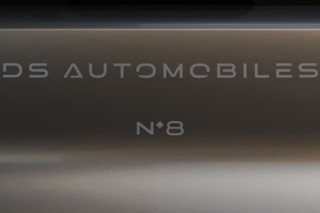

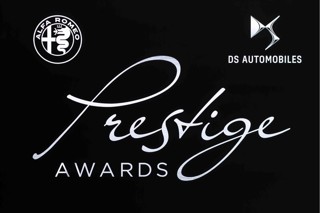
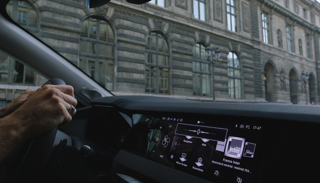












Login to comment
Comments
No comments have been made yet.